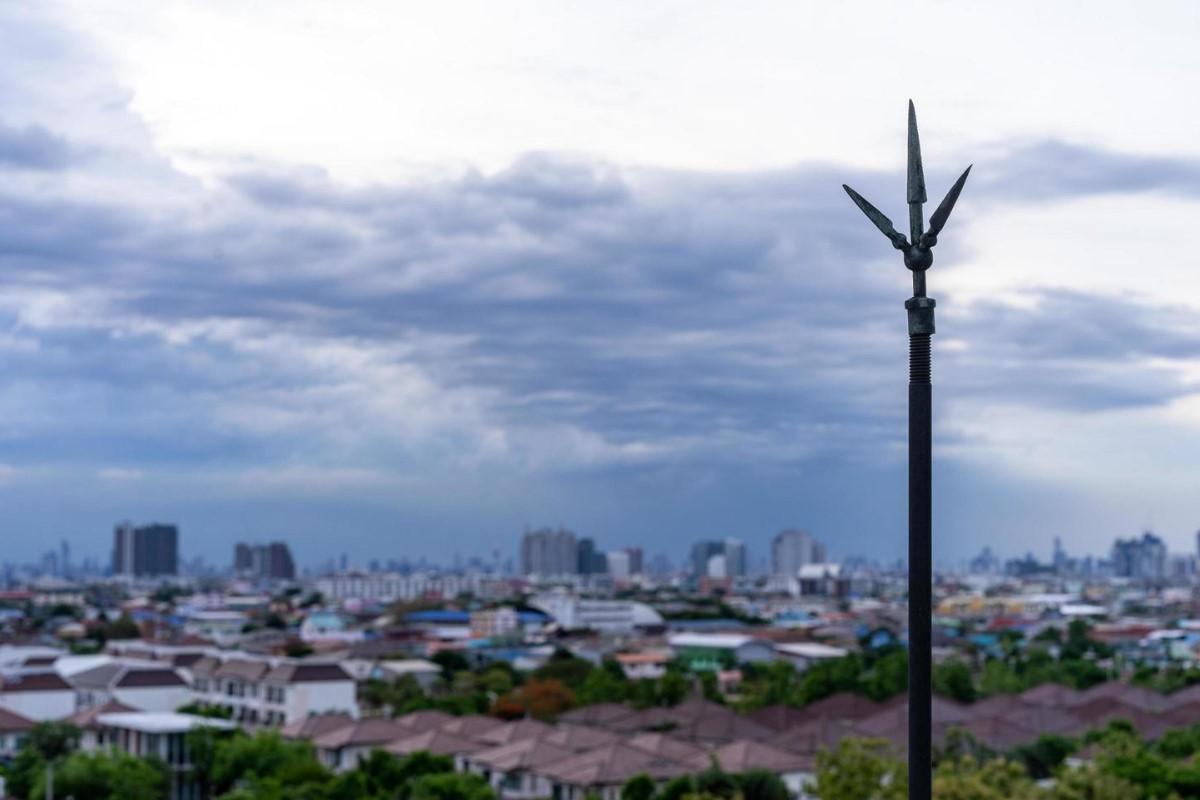
Lightning rod is one of the important devices in maintaining the safety of buildings from the danger of lightning strikes. Its main function is to drain lightning currents into the earth safely, protecting buildings and their occupants from damage and fire hazards that can be caused by lightning strikes.
Lightning rods are not just installed but have several functions, including:
Lightning rods function as a diverter of lightning currents that keeping them away from buildings and preventing damage to building structures and electronic equipment inside.
Lightning rods help reduce the risk of fires that can occur from lightning strikes by conducting lightning current to the earth.
In addition to protecting the building also protect the occupants of the building from the direct danger and side effects of lightning strikes such as electric shock and burns.
Lightning rods are divided into two types, namely:
Conventional lightning rods consist of metal poles mounted on top of buildings and connected to a network of copper cables that go into the ground. When lightning strikes the current will be transmitted into the ground through the copper cable.
Electrostatic lightning rods use sensor technology and current regulation to detect and drain lightning currents automatically. This type is more sophisticated and efficient in dealing with lightning strikes.
Electrostatic lightning rods are more active than conventional ones as they release ions into the air to attract lightning to their terminals. Thus, lightning will strike the lightning rod terminals not other buildings. If the lightning strike is within the radius of the terminal head the lightning will be attracted towards the terminal.
Lightning rods work on the basic principle of passing electric current from clouds to the ground. When a negatively charged cloud collides with a positively charged cloud, charge separation occurs which creates a strong electric field. If this electric field is large enough, ionization of the air occurs and causes the formation of an ionization path or luminescence which is a lightning strike.
Lightning rods installed on top of buildings serve as targets to attract lightning strikes. When lightning strikes the lightning rod, the electric current from the lightning will be transmitted through the lightning rod system into the ground and then flow through the copper cable or other conductor system. Thus, the lightning current does not damage the building or cause harm to the occupants.
The installation of lightning rods must be carried out carefully and in accordance with applicable safety standards. The following are general steps in installing a lightning rod.
Determine the right location to install the lightning rod that usually in the highest part of the building.
Install a lightning rod made of conductor material such as galvanized steel at a predetermined location.
Connect the rod with a conductor cable that connects to the ground. This conductor cable serves to drain the lightning current to the ground safely.
Make sure the grounding system is well installed to ensure that lightning currents can be transmitted efficiently to the ground.
Once the installation is complete, conduct tests to ensure the lightning rod is functioning properly. Perform regular maintenance to ensure the reliability of the lightning rod system.
Lightning rods are an important investment in maintaining building security and the safety of its occupants. With a good understanding of the types of lightning rods, how they work, and how to install them, you can reduce the risk of damage and danger posed by lightning strikes.